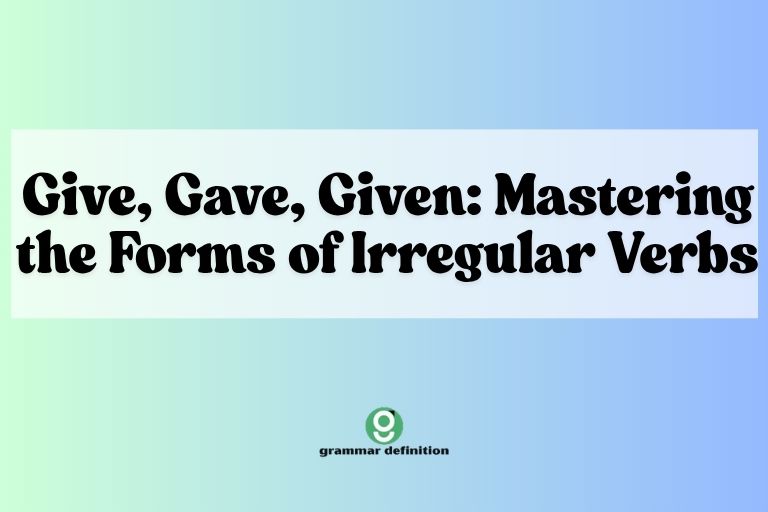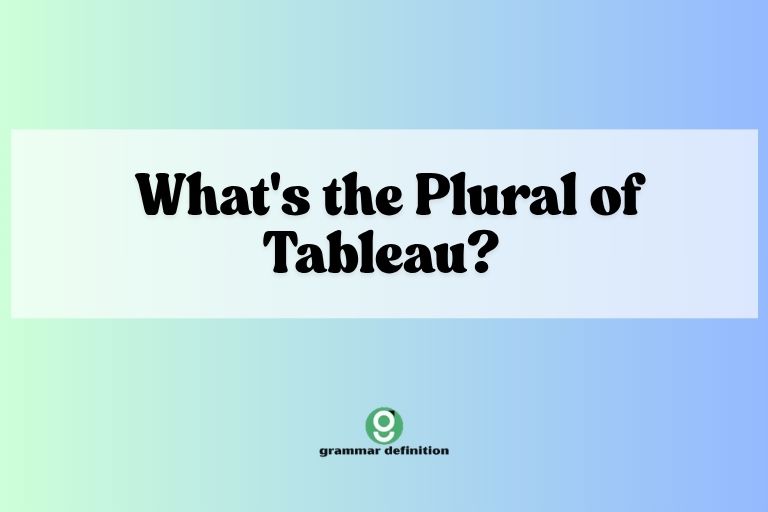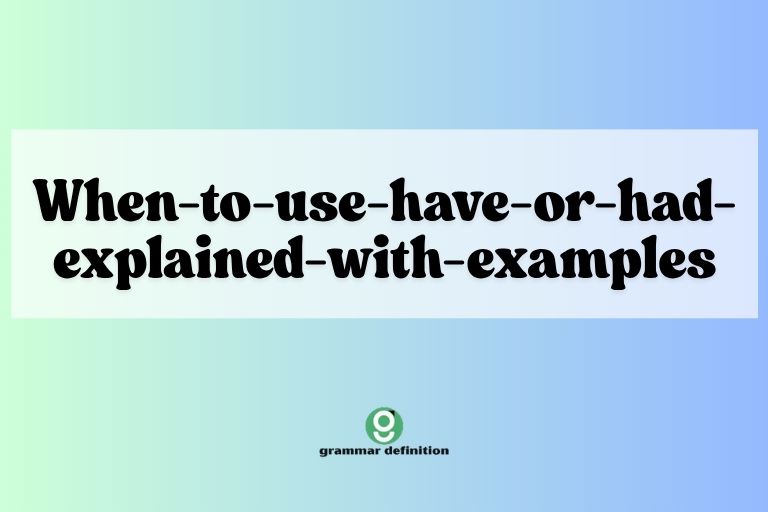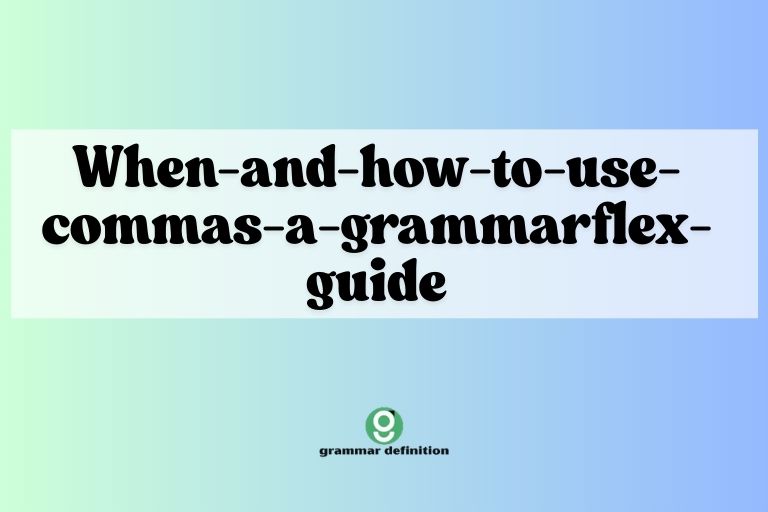Similes for Clean: Enhancing Your Writing with Vivid Comparisons
Similes are powerful tools in the English language, allowing writers and speakers to create vivid images and make their descriptions more engaging. When it comes to describing cleanliness, similes can elevate your language from the mundane to the memorable. Understanding how to use similes effectively not only enhances your writing skills but also improves your … Read more










